The fascinating world of Egyptian mythology opens a window to an ancient culture rich with stories of gods, monsters, and mythical creatures. Whether you’re curious about these legendary beings or studying the subject, understanding these characters helps to reveal the values and beliefs of ancient Egypt. This blog post introduces you to some of the most intriguing Egyptian monsters and mythical creatures, explaining their origins, characteristics, and roles in mythology.
Jump to:
1. Apep (Apophis)
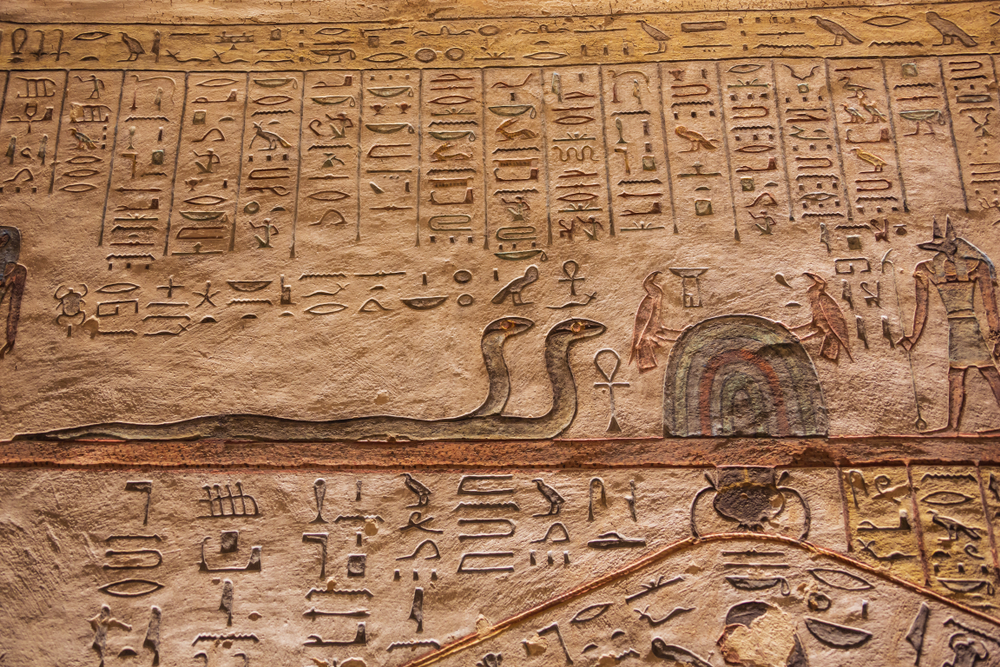
Apep, also known as Apophis, is one of the most notorious monsters in Egyptian mythology. Depicted as a giant serpent or dragon, Apep was the embodiment of chaos and evil, constantly threatening the order of the world.
Apep's primary role was as an adversary to the sun god Ra. Every night, Apep attempted to devour the sun during its journey through the underworld, causing eclipses and storms. The nightly battle between Ra and Apep symbolised the eternal struggle between order and chaos.
2. Ammit
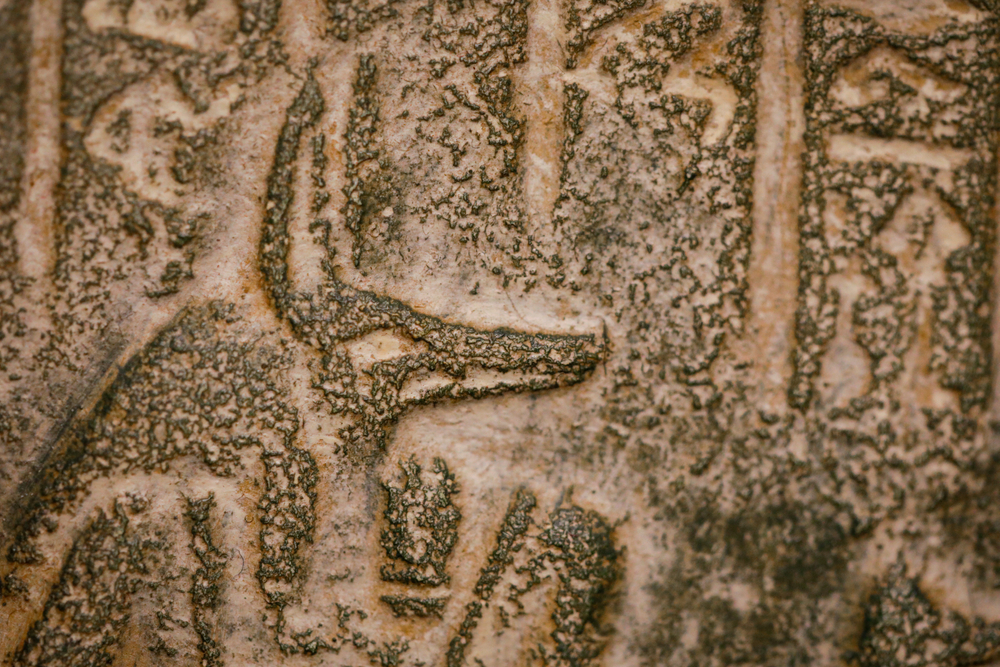
Ammit, also known as the Devourer of the Dead, is a fearsome creature with a lioness's head, a hippopotamus's body, and a crocodile's hindquarters. This dangerous combination made Ammit one of the most terrifying figures in Egyptian mythology.
Ammit’s primary duty was to consume the hearts of those deemed unworthy during the weighing of the heart ceremony in the Hall of Ma’at. If the heart was heavier than the feather of Ma’at, symbolising a life of sin, Ammit would devour it, condemning the soul to oblivion.
3. The Sphinx
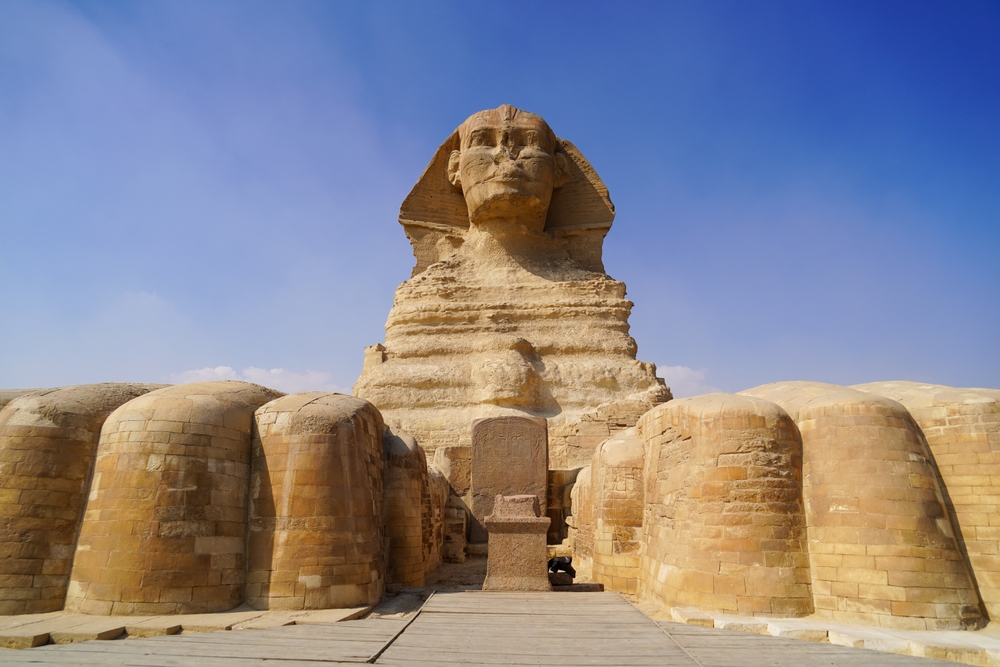
The Sphinx is one of the most iconic mythical creatures in Egyptian mythology, known for its majestic and enigmatic presence. Traditionally depicted with the body of a lion and the head of a human, the Sphinx represents strength and wisdom.
The Great Sphinx of Giza is the most famous representation of this creature. It is believed to be a guardian of the pyramids, warding off evil spirits and protecting sacred sites. The Sphinx’s riddle is also a well-known aspect of its myth, challenging those who seek to pass.
4. Bennu
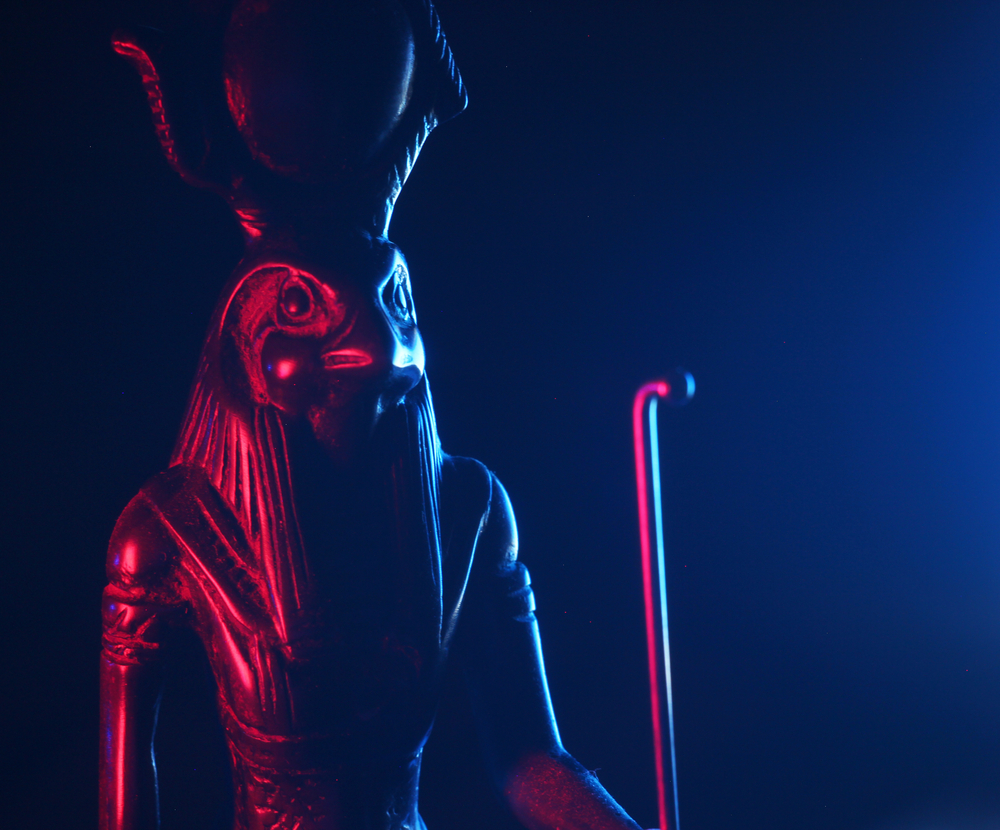
The Bennu bird is a mythical creature associated with the concept of rebirth and renewal. Often depicted as a heron, the Bennu bird is considered a precursor to the Greek Phoenix.
The Bennu bird was linked to the sun god Ra and the concept of cyclical renewal. It was believed that the Bennu bird played a role in the creation of the world and represented the eternal cycle of life, death, and rebirth.
5. Shezmu
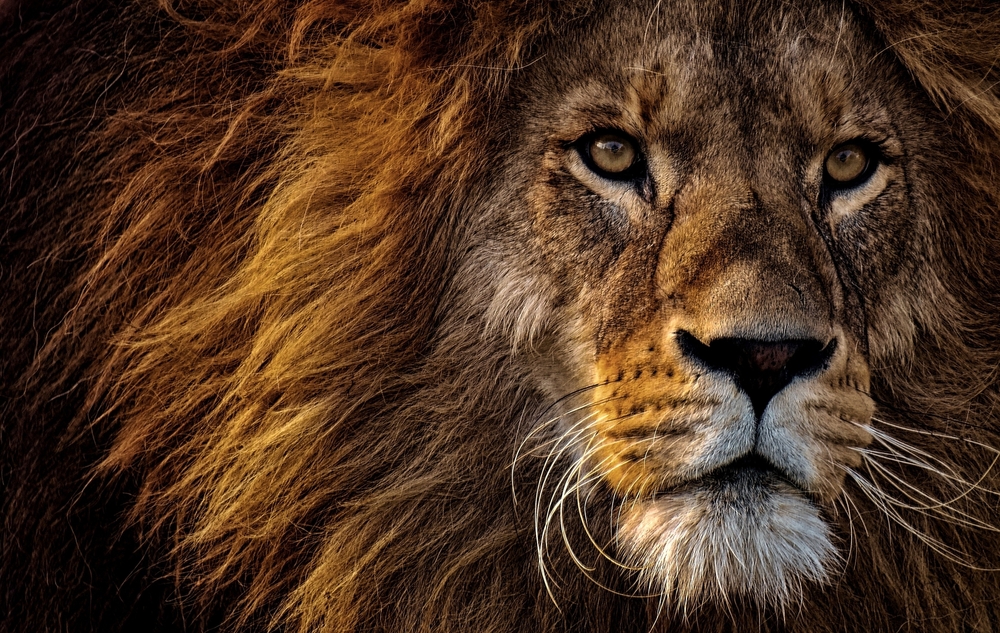
Shezmu is a lesser-known but intriguing deity in Egyptian mythology, depicted as a lion-headed god. Shezmu was associated with wine, oil, and blood, embodying both creative and destructive aspects.
Shezmu's dual nature is fascinating; he was both a benevolent god of perfumes and wine and a fierce executioner of the wicked. His complex character shows the Egyptians' understanding of duality in nature and divinity.
6. Sobek
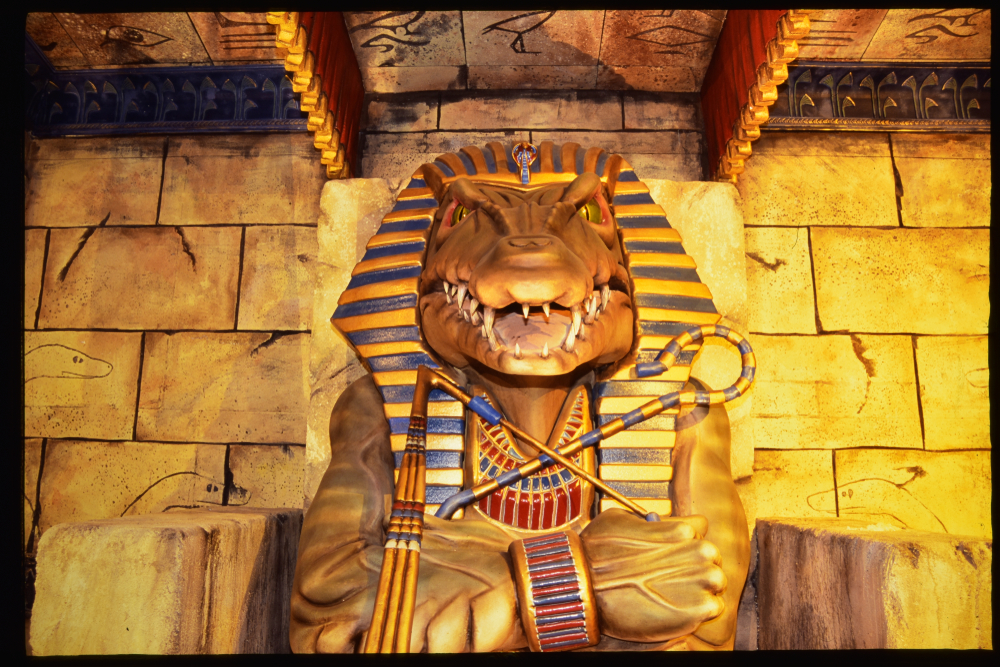
Sobek is one of the prominent deities associated with crocodiles, often depicted with a crocodile's head on a human body. Sobek was a powerful god of the Nile, fertility, and military prowess.
Sobek’s protective nature extended to the pharaoh and the nation. As a god of the Nile, he ensured the fertility of the land and prosperity of the people. His fearsome appearance also made him a deity of military strength and protection.
7. Taweret
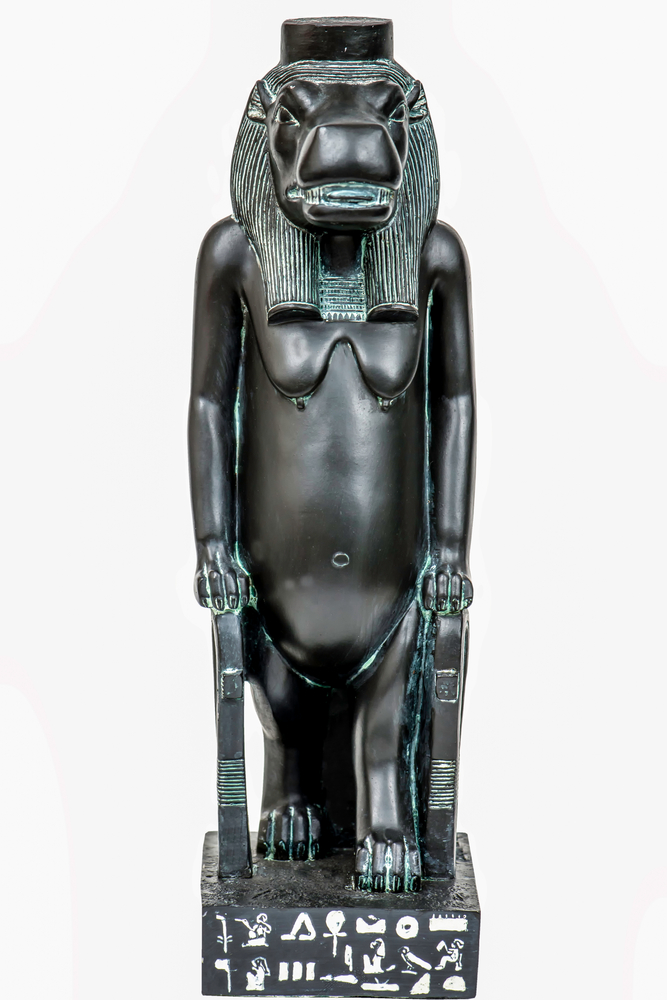
Taweret, the goddess of childbirth and fertility, is depicted as a pregnant hippopotamus with the limbs of a lion and the back of a crocodile. This unique combination made her a protective deity for mothers and children.
Taweret was a household goddess, invoked to protect women during pregnancy and childbirth. Her role as a nurturing figure highlighted the Egyptians' respect for the life-giving process and the protection of the family.
8. Serpopard
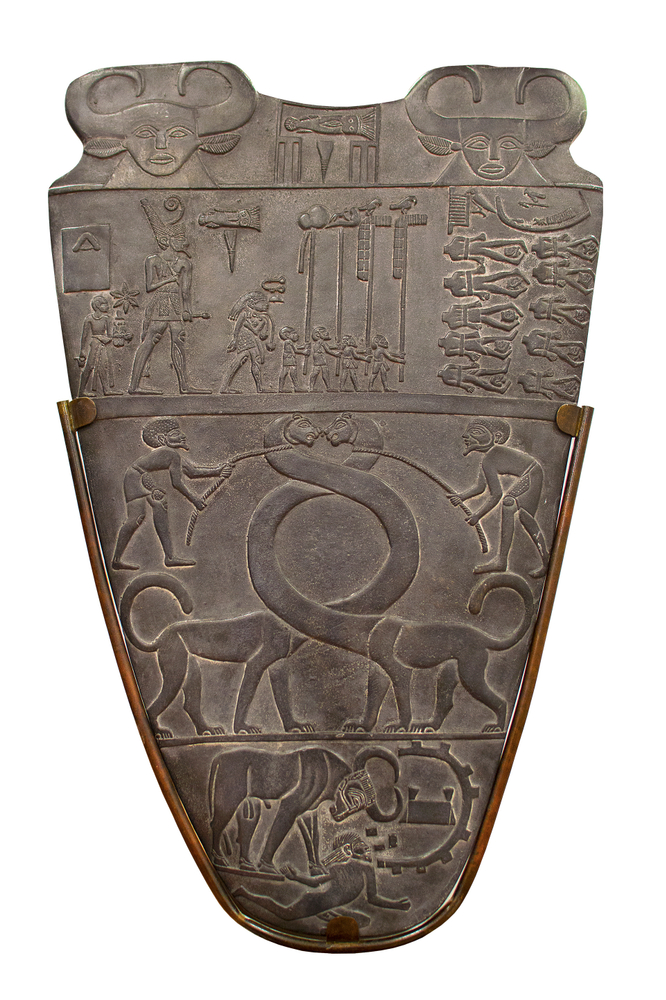
The Serpopard, a mythical creature with the body of a leopard and a long snake-like neck, appears in ancient Egyptian art. This creature is less known but carries significant symbolic meaning.
Serpopards are often depicted in a state of chaos, symbolising the wild and untamed forces outside the civilised world. Their appearance in art highlights the Egyptians' awareness of the balance between order and chaos.
9. The Griffin
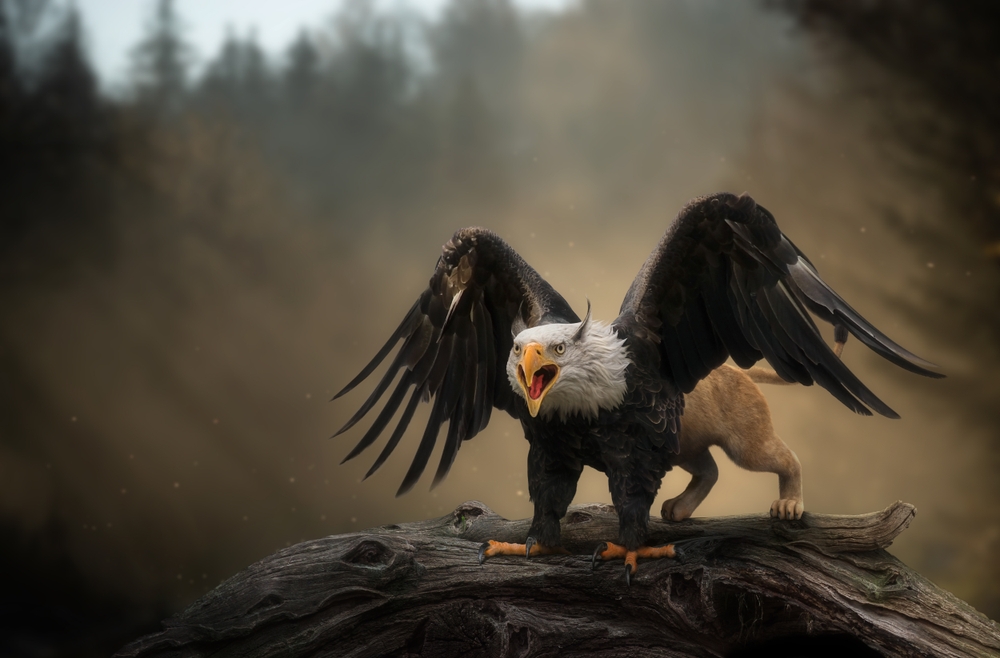
The Griffin, with the body of a lion and the head and wings of an eagle, is another fascinating creature in Egyptian mythology. This hybrid guardian symbolised divine protection and power.
Griffins were seen as guardians of treasures and sacred objects, embodying the combined strengths of the lion and the eagle. They represented vigilance and strength, protecting the divine and the royal.
10. Bes
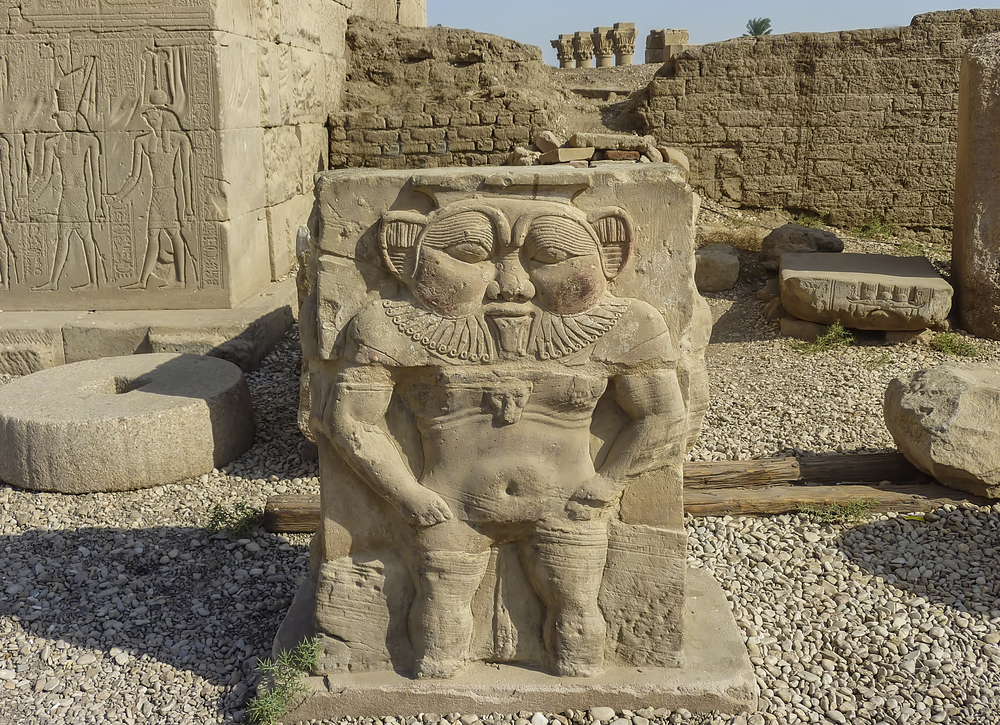
Bes is a unique figure in Egyptian mythology, depicted as a dwarf with a lion-like face. Despite his small stature, Bes was a powerful protector god associated with music, dance, and childbirth.
Bes's primary role was to protect households, especially during childbirth. He warded off evil spirits and ensured a joyful and safe environment. His cheerful and protective nature made him a beloved figure in everyday life.
11. Set (Seth)
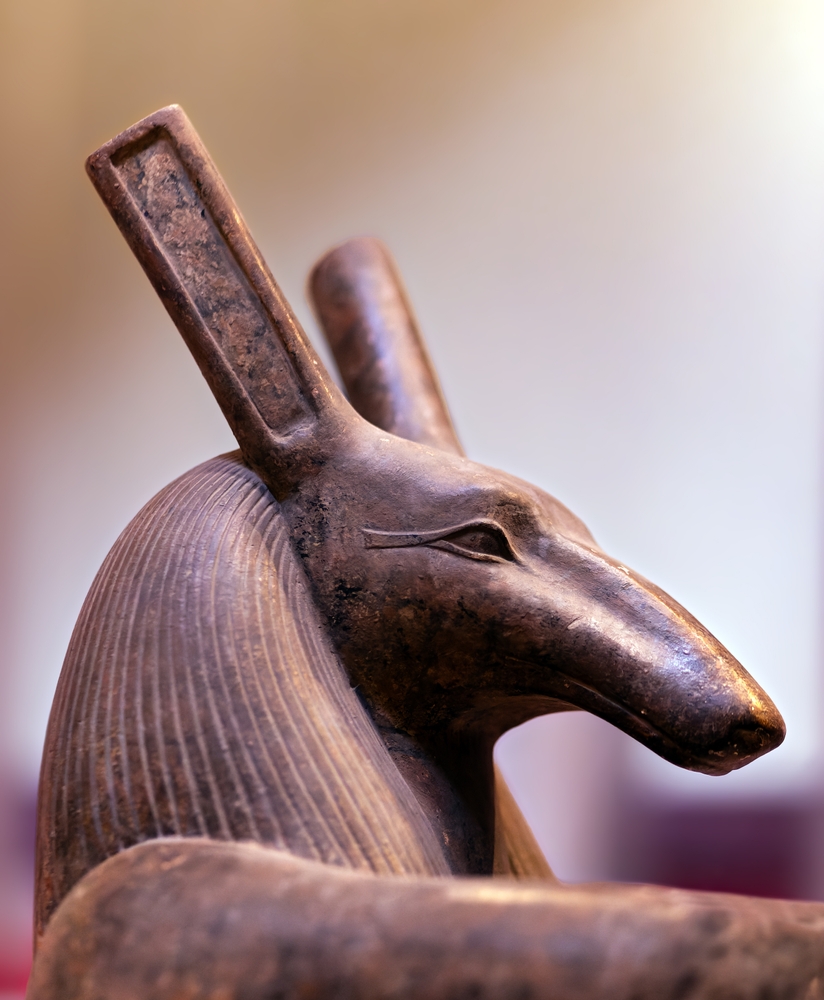
Set, also known as Seth, is one of the most complex and powerful deities in Egyptian mythology. Depicted as a creature with a combination of animal traits, often a donkey or a mysterious composite animal with a forked tail and long, curved snout, Set represents chaos, storms, and deserts.
Set is best known for his role in the myth of Osiris, where he murders his brother Osiris to seize the throne of Egypt. Despite his chaotic nature, Set also has a protective aspect, defending the sun god Ra from the serpent Apep during their nightly journey through the underworld. Set's duality highlights the balance between chaos and order in Egyptian belief.
12. Anubis
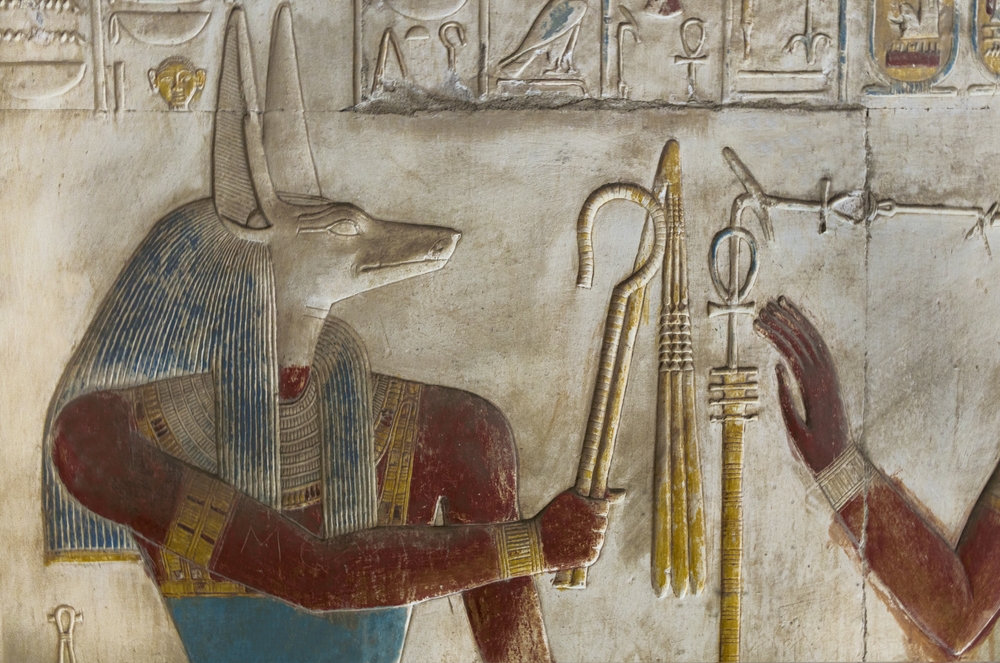
Anubis, depicted with the head of a jackal, is one of the most recognisable deities in Egyptian mythology. He is the god of mummification and the afterlife, playing a crucial role in the journey of the dead.
Anubis is responsible for embalming the dead and guiding souls to the afterlife. He also oversees the weighing of the heart ceremony, ensuring that only those worthy can enter the afterlife. Anubis's role highlights the importance of the afterlife in Egyptian culture and the meticulous care given to the deceased.
13. Sekhmet
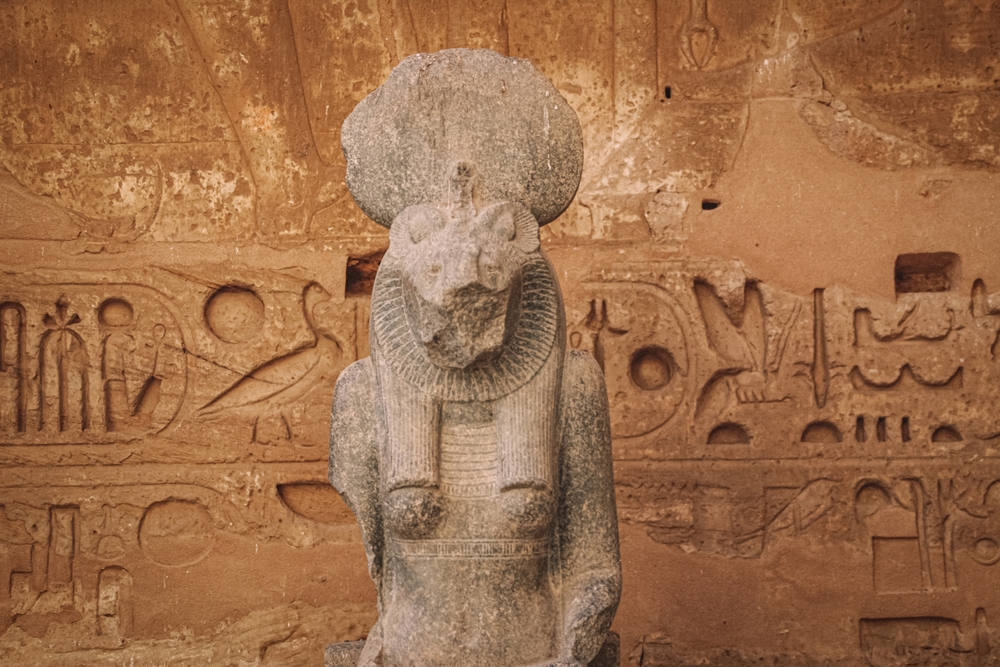
Sekhmet, depicted as a lioness or a woman with a lioness head, is the goddess of war, destruction, and healing. Her fierce appearance reflects her power and ferocity.
Sekhmet is known for her destructive rampages against the enemies of Ra, the sun god. However, she also has a nurturing side, associated with healing and medicine. This dual nature of destruction and healing highlights the Egyptians' understanding of balance in the natural world.
Recommended for you!
Best SellersFrequently Asked Questions About Egyptian Mythical Creatures and Monsters
Who is the most powerful creature in Egyptian mythology?
While several creatures hold significant power in Egyptian mythology, Set (Seth) is often considered one of the most powerful. Set represents chaos and destruction but also has protective qualities, making him a complex and potent figure in the mythological pantheon.
Does Egyptian mythology have mermaids?
Egyptian mythology does not traditionally feature mermaids as found in other cultures. However, there are various water-related deities and creatures, such as Sobek, the crocodile god, who is associated with the Nile and its life-giving properties.
What is the Egyptian creature of rebirth?
The Bennu bird is the creature most closely associated with rebirth and renewal in Egyptian mythology. This mythical bird symbolises the cyclical nature of life, death, and rebirth and is linked to the sun god Ra.
What is an Egyptian demon?
In Egyptian mythology, demons often played roles as guardians or destructive forces. One notable example is Ammit, the Devourer of the Dead, who consumed the hearts of those deemed unworthy in the afterlife.
What is the winged creature in Egypt?
The winged creature often referred to in Egyptian mythology is the Sphinx. Although not always depicted with wings, the Sphinx is a significant figure with a lion's body and a human head, symbolising strength and wisdom.
What is the mythical bird in Egypt?
The Bennu bird is the mythical bird in Egyptian mythology, often associated with the concept of rebirth and the sun god Ra. It is considered a precursor to the Greek Phoenix and often features in the creation myths.
Are there any hybrid creatures in Egyptian mythology?
Egyptian mythology features numerous hybrid creatures, such as the Griffin (with the body of a lion and the head and wings of an eagle), the Serpopard (with the body of a leopard and a snake-like neck), and Taweret (with the body of a hippopotamus, the limbs of a lion, and the back of a crocodile).
How do Egyptian mythical creatures compare to those in other mythologies?
Egyptian mythical creatures often embody natural and supernatural elements, reflecting the Egyptians' understanding of the world. While there are similarities to creatures in other mythologies, such as the Griffin and the Bennu bird (similar to the Phoenix), Egyptian creatures are uniquely tied to their culture's religious and symbolic beliefs.
Study Ancient Egypt for £29
If you’re intrigued by these mythical creatures and want to delve deeper into the magic and mysteries of ancient Egypt, consider exploring the Ancient Egyptian Mythology Diploma Course offered by the Centre of Excellence. For a limited time, you can enrol for just £29, saving you over £100!













